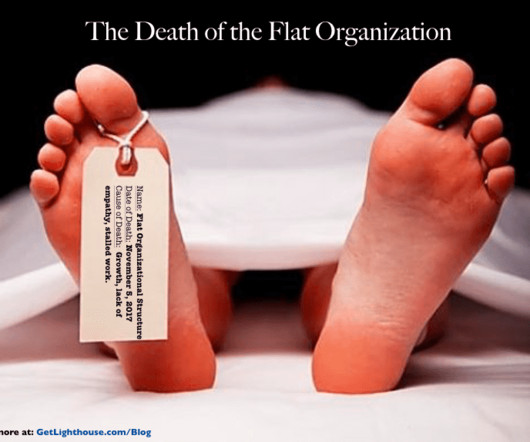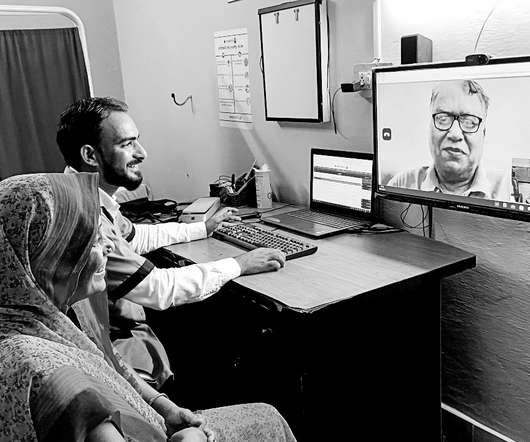How to Ensure Your Organization’s Digital Transformation Succeeds
Michael McKinney
JANUARY 19, 2024
In 2013, Nokia’s mobile phone business was sold to Microsoft. The driving force behind digital transformations is adopting and implementing digital technologies to processes, products, and assets to improve efficiency, enhance customer value, manage risk, and uncover new monetization opportunities. Nokia just couldn’t keep up.
































Let's personalize your content